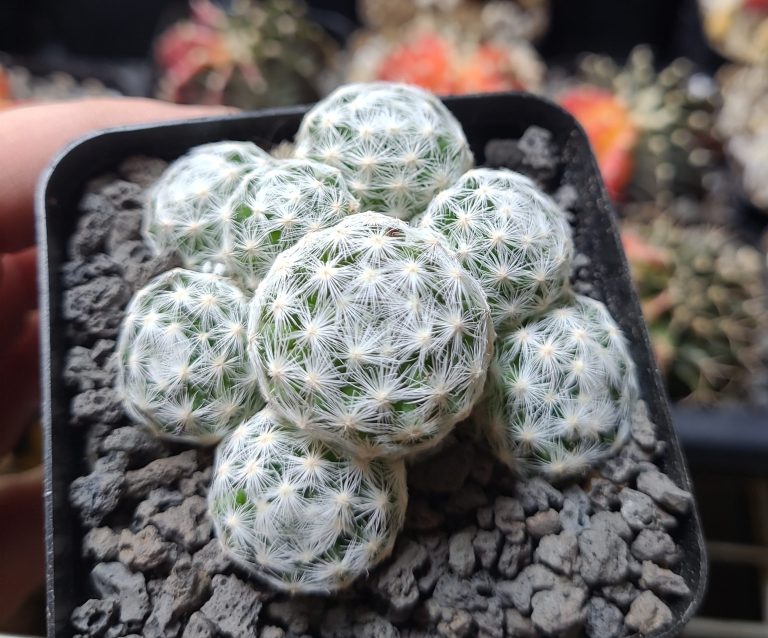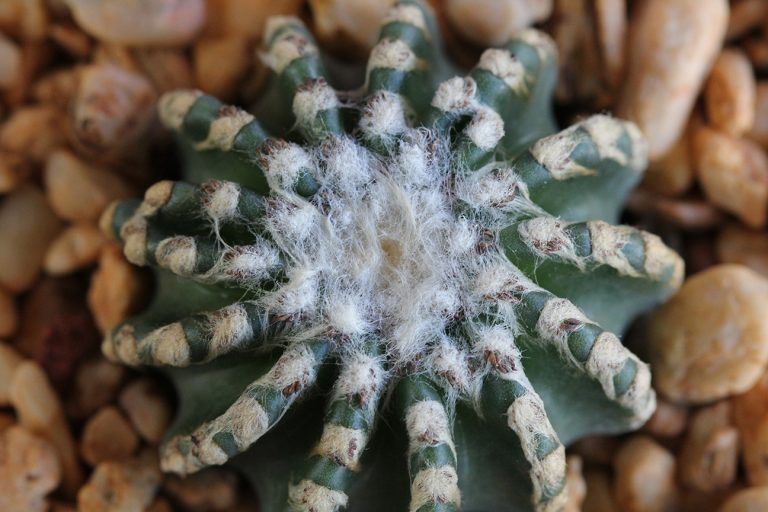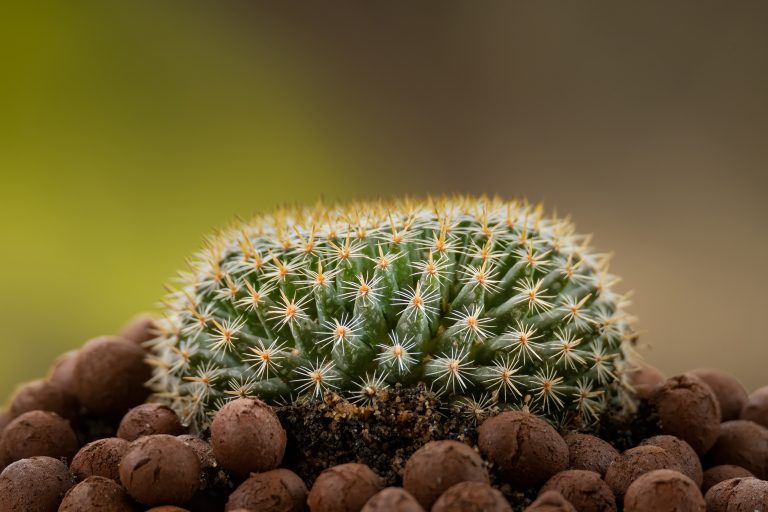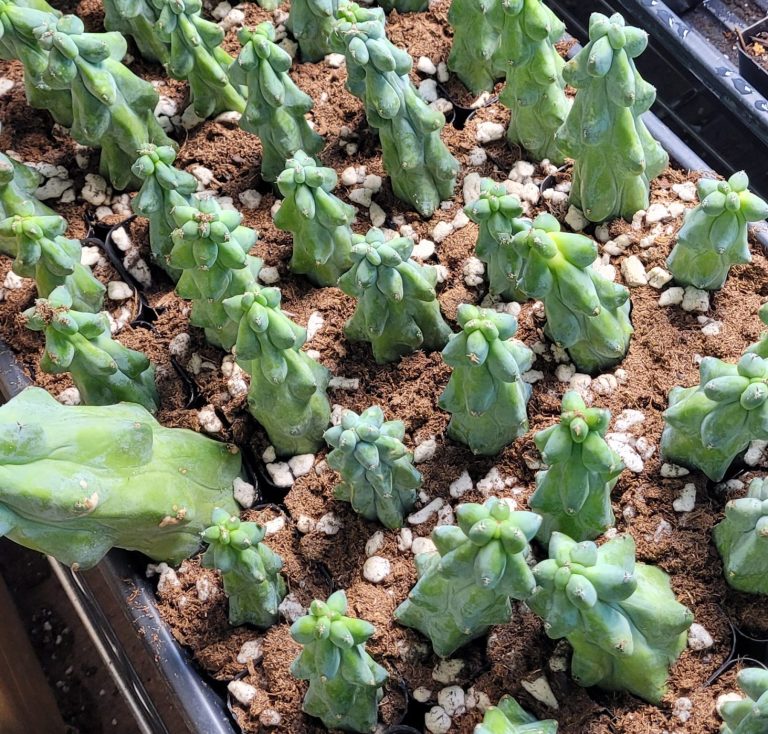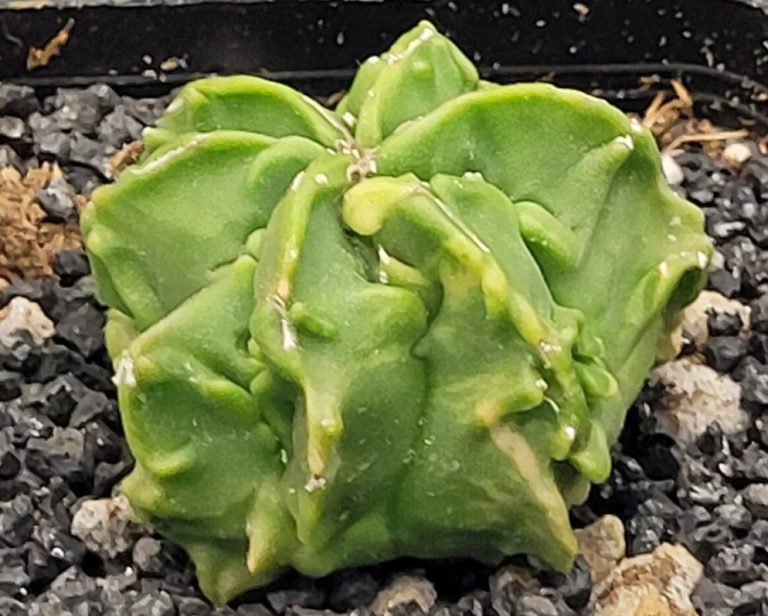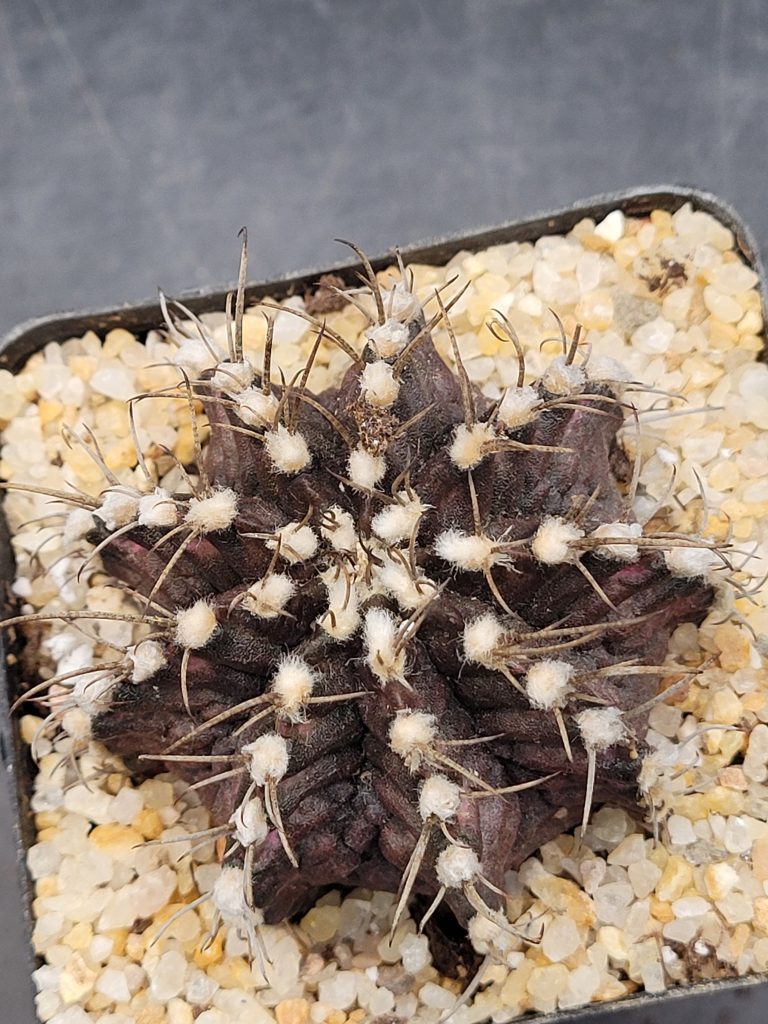
Ariocarpus Retusus, commonly referred to as the Living Rock Cactus, is a rare and fascinating succulent cherished by collectors for its slow growth, unique tubercles, and beautiful blooms. Native to the arid regions of Mexico, this cactus has adapted to blend seamlessly with its rocky surroundings, making it a truly remarkable addition to any plant collection. In this blog post, we’ll explore everything you need to know to help your Ariocarpus Retusus thrive—from lighting and watering, to soil preferences and pest prevention.
1. Understanding Ariocarpus Retusus
Before diving into the specifics of care, it’s helpful to understand some basic traits:
- Appearance: Ariocarpus Retusus typically features a flattened, rosette-like form composed of thick, triangular tubercles. Its dull, grayish-green surface often helps it camouflage among rocks and gravel.
- Blooms: While it may take several years to mature, this cactus rewards patience with striking pink, white, or pale yellow flowers appearing at the center of the plant in late fall.
- Slow Growth: One of the slowest-growing cacti, Ariocarpus Retusus can take years to show significant enlargement, making each bit of progress extra rewarding for plant enthusiasts.
2. Light Requirements
- Bright, Indirect Light: Ariocarpus Retusus thrives in a location with plenty of sun filtered through sheer curtains or partial shade. In hot climates, offering partial shade during the harsh midday sun will prevent scorching.
- Gentle Direct Sun: A few hours of mild direct sunlight (e.g., morning or late afternoon rays) can be beneficial, but intense midday rays might cause sunburn on the plant’s tubercles.
3. Watering Schedule
- Infrequent & Thorough: During its active growth period (spring through early fall), water only when the soil is completely dry—typically every 2-4 weeks, depending on environmental conditions. Ariocarpus Retusus is highly susceptible to rot, so it’s crucial to avoid overwatering.
- Dormant Season: Reduce watering significantly in the late fall and winter, watering only once every 4-6 weeks if at all. Overwatering in cold conditions can be fatal to this plant.
- Drainage Is Key: Always allow excess water to drain freely. Standing water is a major risk for root rot and fungal issues.
4. Soil & Potting
- Well-Draining Mix: Use a specialized cactus or succulent soil blend that includes perlite, pumice, or coarse sand for improved aeration. A typical recipe might be:
- 1 part potting soil
- 1 part coarse sand or horticultural grit
- 1 part perlite or pumice
- Shallow Container: Ariocarpus Retusus has a taproot system that prefers growing downward. While the root will grow deep, the plant body remains relatively flat. Choose a pot that accommodates the root’s vertical growth and has excellent drainage holes.
5. Temperature & Environment
- Warm & Dry: This cactus thrives in temperatures between 65°F and 85°F (18°C and 29°C). It tolerates occasional drops below 50°F (10°C) but should not be exposed to frost or freezing conditions for extended periods.
- Low Humidity: Ariocarpus Retusus is adapted to arid environments, so normal indoor humidity is generally fine. Ensure good air circulation to prevent fungal issues.
6. Fertilizing & Growth
- Light Feeding: During the spring and summer, apply a diluted, balanced cactus fertilizer once a month. Avoid feeding in late fall and winter, as the plant naturally slows its growth during these cooler months.
- Patience Required: Since this cactus is a very slow grower, don’t expect rapid changes. Focus on providing stable care, and enjoy watching its subtle evolution and eventual blooms.
7. Repotting Guidelines
- Infrequent Repotting: Ariocarpus Retusus typically needs repotting every 2-3 years, or only when root growth demands more space. Overly frequent repotting can stress the plant.
- Spring Timing: The best time to repot is in early spring, just before the growing season kicks into full gear.
- Careful Handling: The tubercles can be fragile. Gently remove the plant from its old pot, inspect roots for any signs of rot, and place it into fresh, well-draining mix in a slightly larger pot.
8. Common Issues & Tips
- Overwatering & Rot: The most common problem is root or stem rot from excessive moisture. Always allow thorough drying between waterings and ensure excellent drainage.
- Sunburn: If placed in full, direct sunlight during the peak afternoon hours, the tubercles can scorch. Adjust the plant’s location or use shade cloth to shield it.
- Pest Prevention: Keep an eye out for mealybugs or scale insects. Treat early with insecticidal soap or neem oil if these pests appear, isolating the plant if necessary to prevent spread.
9. Bloom Encouragement
- Consistent Care: Healthy, mature Ariocarpus Retusus are more likely to bloom. Maintain a proper watering schedule, supply adequate light, and feed lightly during the active season.
- Cool & Dry Winter: A slightly cooler, drier winter rest can help trigger flowers in late fall or early winter—one of the unique bloom times among cacti.
Conclusion
Ariocarpus Retusus is a remarkable living testament to the wonders of desert adaptations. Its patient growth, stone-like texture, and infrequent but showy blooms make it an unforgettable centerpiece in any cactus enthusiast’s collection. By giving it bright yet gentle light, well-timed watering, a lean fertilizer routine, and enough room for its taproot, you’ll be rewarded with a healthy and potentially flowering masterpiece. Enjoy the tranquility and marvel at the subtle transformations of this exquisite cactus over time!

